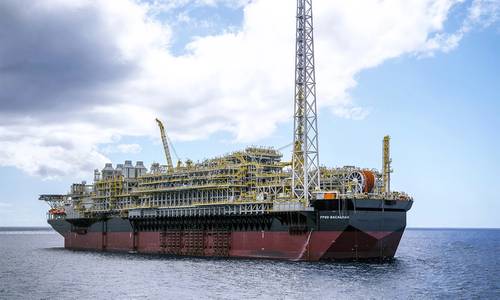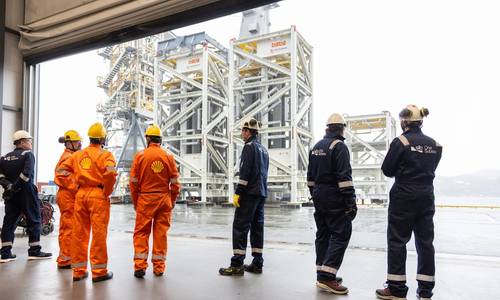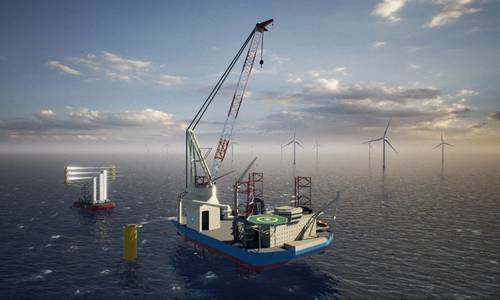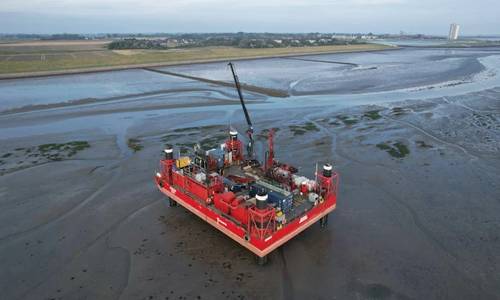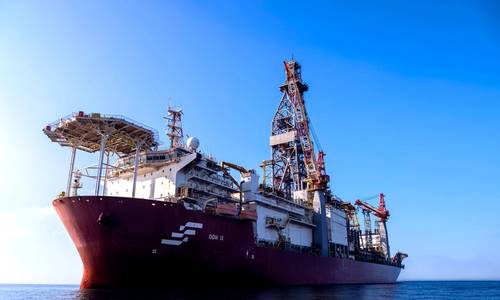Jan De Nul’s Largest Cable Laying Vessel Hits Water in China (Video)
October 22, 2025
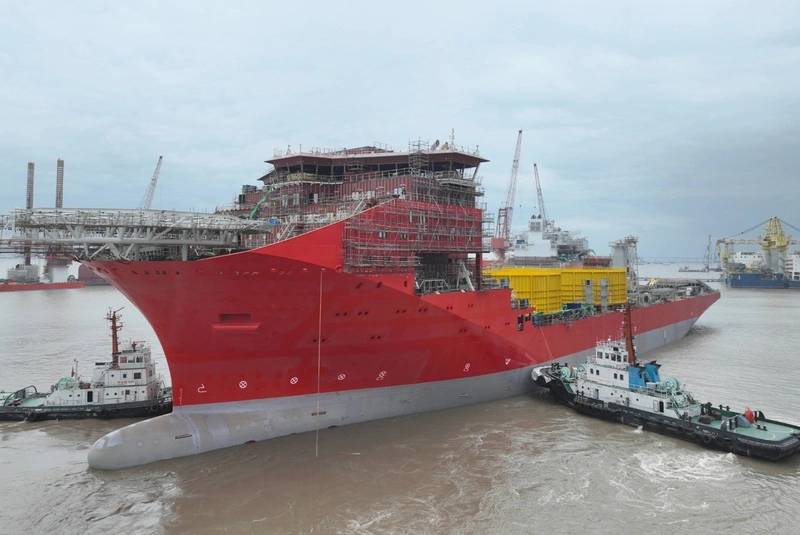
Belgian marine contractor Jan De Nul has launched its newest cable laying vessel (CLV), the Fleeming Jenkin, at the CMHI Haimen shipyard in China, which has now entered the final phase of construction ahead of delivery planned for second half of 2026.
The 215-meter-long vessel has a loading capacity of 28,000 tonnes, making it the world’s largest of its kind.
Jan De Nul will use the vessel to install subsea cables for the transmission of renewable energy, as the Fleeming Jenkin was specifically designed to install longer and heavier cables in ultra-deep waters up to 3,000 meters.
With the launch, that took place by flooding the dry dock at the shipyard, the final vessel construction phase has begun, which also includes sea trials.
Besides the Fleeming Jenkin, Jan De Nul is also building a second cable-laying vessel, the identical sister vessel William Thomson.
Once operational, the Fleeming Jenkin will immediately start her first assignment at the 2 GW program by TenneT, the grid operator for the Netherlands and large parts of Germany.
This program introduces a new generation of offshore grid connection systems that can each transmit up to 2 GW. Fleeming Jenkin will install export cables on four of such connections, bundling and laying four cables together, resulting in a total of more than 2,800 kilometers of cable being installed over a distance of more than 700 kilometers.
Wouter Vermeersch, Director Subsea Cables Offshore Energy at Jan De Nul: "The Fleeming Jenkin combines all the cable installation expertise we have built up over the past fifteen years. The entire vessel and the technologies on board were designed by our in-house specialists. The result is a vessel that operates very efficiently, reducing both the cost price and the ecological footprint of our projects."
The vessel is an Ultra-Low Emission vessel (ULEv). ULEv is a highly advanced dual exhaust filter system which removes up to 99% of nanoparticles from emissions using a diesel particulate filter and a reduction system for nitrogen oxides (NOx).
The hybrid power plant on board also contributes to the reduction of CO2 emissions and optimal fuel usage. It combines the generators with a 2.5 MWh battery and drive technology, designed for peak shaving, load smoothing, spinning reserve and optimized engine loading.
Last week, Jan De Nul also announced a new rock installation vessel to protect subsea cables - the George W. Goethals. It is Jan De Nul's third rock installation vessel capable of transporting more than 30,000 tonnes of material.

